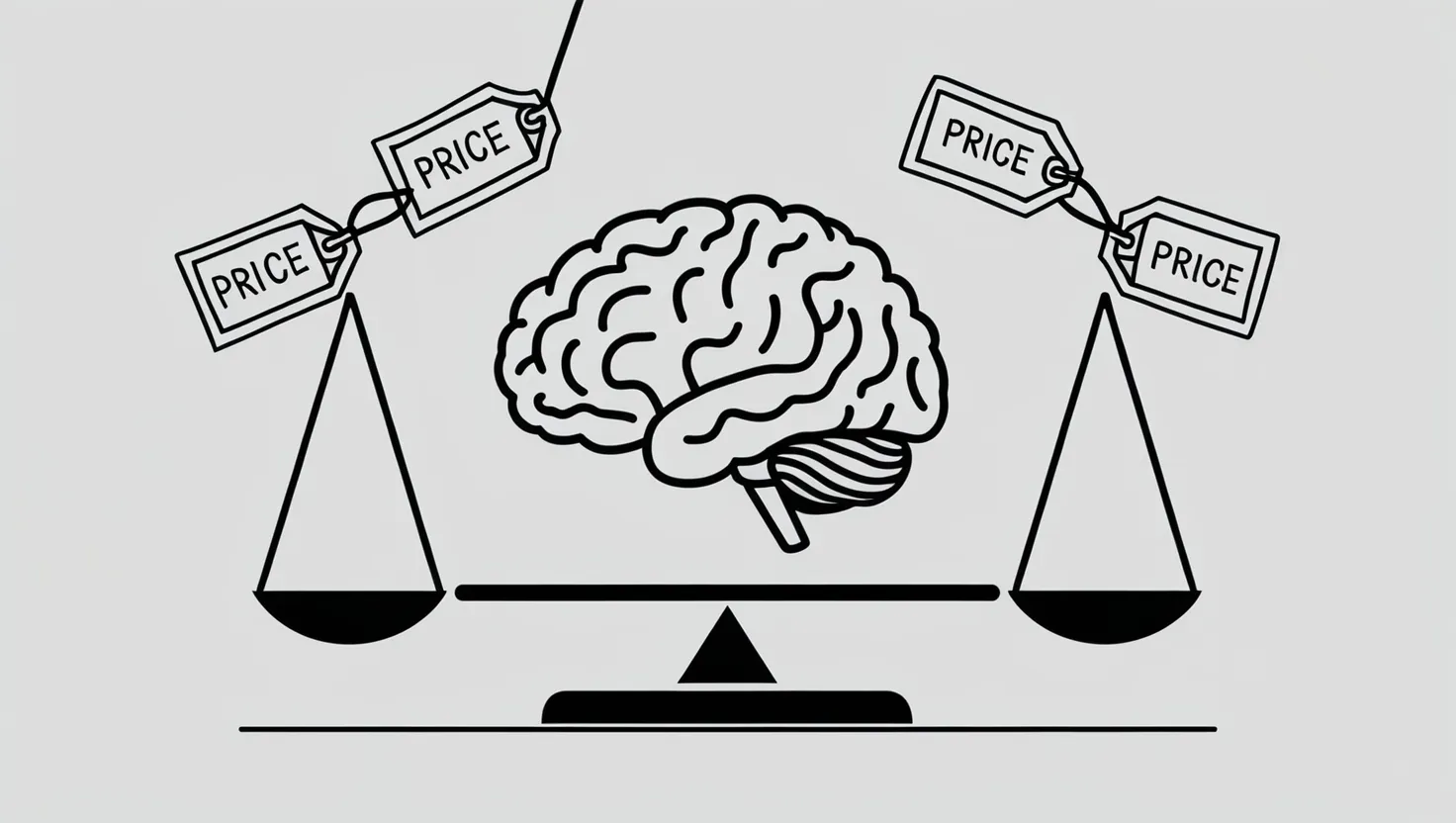When it comes to managing our finances, many of us are familiar with the traditional approaches of budgeting and saving. However, there's a more holistic and personal way to handle our money, one that aligns our spending with our core values and long-term goals. This approach is known as mindful spending, and it has the potential to transform not just our financial health, but our overall well-being.
The Psychology Behind Mindful Spending
Mindful spending is rooted in the psychology of how we make financial decisions. Unlike traditional budgeting, which often focuses on strict categories and percentages, mindful spending involves a deeper reflection on why we spend our money the way we do. It's about understanding that every dollar we spend is a reflection of our individuality and values.
For instance, when you're considering a purchase, ask yourself if it aligns with your personal values and long-term goals. This simple pause can significantly reduce impulse buys and buyer's remorse. It's not just about cutting costs or saving money; it's about ensuring that your spending decisions bring you lasting joy and satisfaction.
Creating Your Personal Spending Matrix
To implement mindful spending, you can use a tool like the Mindful Spending Matrix. This matrix categorizes your expenses into four quadrants: essential and aligned, essential but not aligned, non-essential and aligned, and non-essential and not aligned.
For example, if you value education, saving for your children's education would fall into the "essential and aligned" category. On the other hand, utility bills, although necessary, might not align with your personal values and would be categorized as "essential but not aligned." Discretionary expenses like donating to a local charity or taking a family vacation would be "non-essential and aligned," while impulse buys or excessive dining out would be "non-essential and not aligned."
By categorizing your expenses in this way, you gain clarity on where your money is going and whether it supports your values. This clarity is the first step towards making intentional spending decisions.
Practical Steps to Mindful Spending
Starting your journey with mindful spending involves several practical steps. First, review your current financial practices, from spending habits to investment choices. Identify areas where adjustments can be made to better align with your values.
For example, if you frequently dine out and realize it's not only straining your budget but also not aligning with your value of healthy living, you might decide to cook more at home. The money saved can then be allocated towards a family vacation, which is more meaningful to you.
Another crucial step is to avoid emotional spending. Often, we buy things we don’t need after a stressful day or during moments of celebration. Mindful spending encourages you to pause before making purchases and ask yourself if the purchase aligns with your goals and values. This mindfulness helps you avoid impulse buys and focus on purchases that bring lasting joy.
The Role of Budgeting in Mindful Spending
Budgeting is not just about limiting your expenses; it's about spending wisely on things that matter to you. A values-based budget allocates a significant portion of your resources to what truly matters. For instance, if you prioritize saving for your children’s education over buying expensive clothes, your budget becomes a tool for intentional spending rather than just a limit on your expenses.
Reducing Financial Stress
Financial stress often arises from a misalignment between your values and your financial decisions. By using the Mindful Spending Matrix, you can bridge this gap, creating a harmonious financial landscape that reduces your stress levels.
When you know that each purchase is a step towards your broader life vision, you no longer feel guilty about spending money on things that matter to you. This alignment motivates you to work towards your financial goals with a renewed sense of purpose.
Balancing Present and Future
One of the most challenging aspects of financial management is balancing the need to enjoy the present with the necessity of planning for the future. Mindful spending helps you find this balance by allocating your resources in a way that allows you to enjoy meaningful experiences now while also saving for your long-term goals.
For example, planning a family vacation that is both enjoyable and aligned with your values, rather than splurging on impulsive trips, ensures that you are living in the present while also securing your future.
Cultivating Mindfulness
Mindfulness is at the heart of intentional spending. It involves being fully aware of your financial decisions and their impact. Regular reflection on your spending choices helps you understand the ‘why’ behind each purchase and consider the long-term benefits and consequences of your spending habits.
Tools like spreadsheets, budgeting apps, or even a simple notebook can be effective in tracking your expenses and ensuring you stay on course. This mindfulness helps you stay aware of where your money is going and whether it aligns with your values.
Challenges and Benefits
Implementing mindful spending is not without its challenges. One of the biggest hurdles is the need for self-reflection. In a world where we are constantly bombarded by external influences telling us what we should want, it can be hard to push past the noise and understand what truly drives us.
However, the benefits are well worth the effort. Mindful spending increases your spending confidence, reduces buyer's remorse, decreases the stress of decision-making, and creates a life that reflects your individuality.
Flexibility and Balance
Mindful spending is not a rigid system; it's about finding a balance that works for you. It's important to be flexible and adapt your spending matrix as your values and goals evolve. Life is dynamic, and your financial decisions should be too.
For instance, what was important to you five years ago may not be the same today. Regularly reviewing and adjusting your spending matrix ensures that your financial decisions continue to align with your current values and goals.
Long-Term Impacts
The long-term impacts of aligning your spending with your personal values are profound. It leads to a life that is more meaningful and fulfilling. When your financial decisions support your core values, you feel a sense of purpose and satisfaction that goes beyond mere financial health.
Moreover, mindful spending helps you build a financial foundation that is resilient and aligned with your long-term goals. Whether it's saving for retirement, investing in personal growth, or supporting causes you care about, your money becomes a tool for creating the life you want.
Adapting for Different Life Stages
Mindful spending is a versatile approach that can be adapted for different life stages or financial situations. Whether you're a student, a working professional, or nearing retirement, the principles remain the same: align your spending with your values and goals.
For example, if you're just starting your career, your focus might be on saving for short-term goals like a down payment on a house or paying off student loans. As you progress in your career and your financial situation improves, you can adjust your spending matrix to include more long-term goals like retirement savings or investing in your children's education.
Conclusion
Mindful spending is more than just a budgeting strategy; it's a lifestyle-based approach to money management. It encourages you to slow down, reflect on your spending choices, and ensure that every dollar you spend reflects your individuality and values.
By implementing mindful spending, you can reduce financial stress, increase your spending confidence, and create a life that is truly yours. It's a journey that requires time and effort, but the rewards are well worth it. So, take the first step today and start aligning your spending with what truly matters to you.






